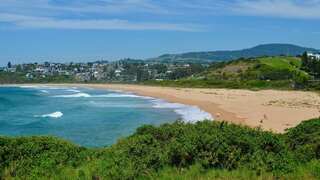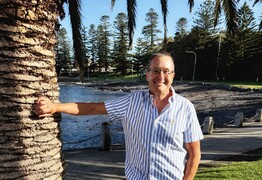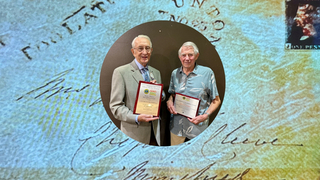Aurora Australis illuminates the South Coast night skies
Lleyton Hughes
03 June 2025, 2:30 AM
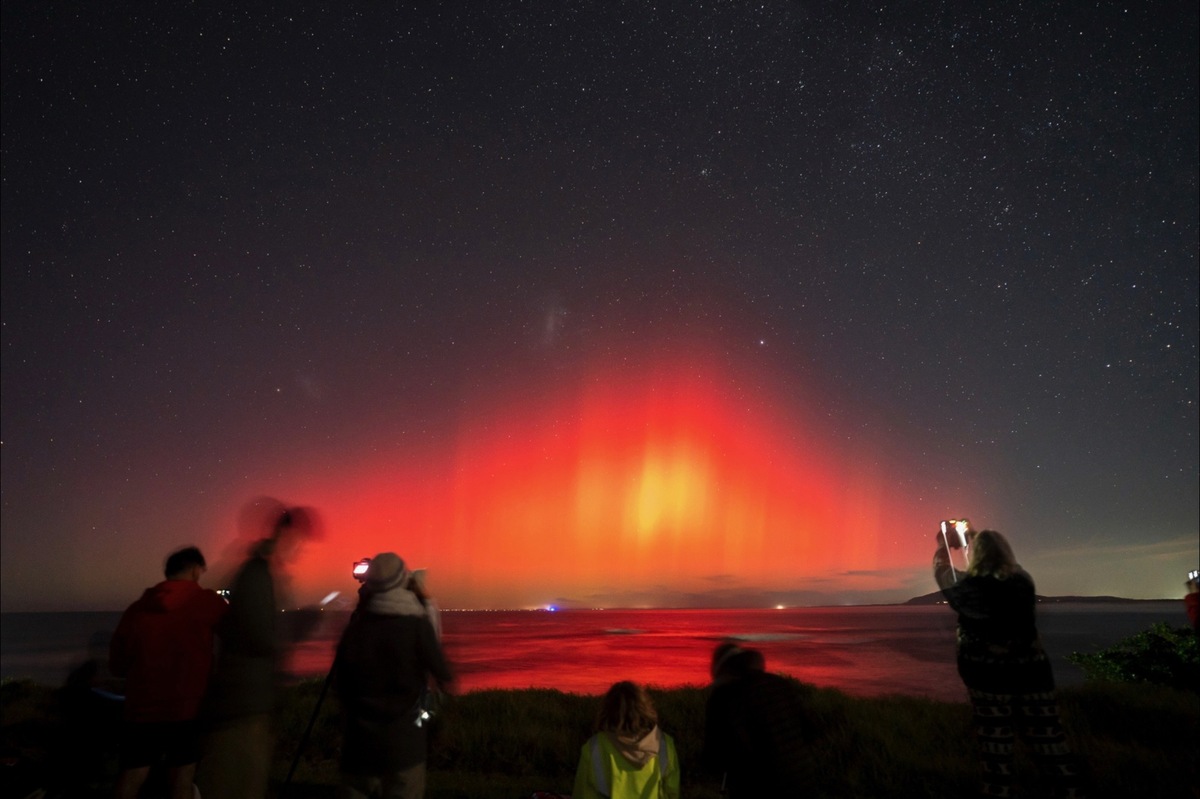 The Aurora Australis photographed by David Finlay
The Aurora Australis photographed by David FinlayThe Illawarra and South Coast regions were treated to a rare and breathtaking spectacle this week as the Aurora Australis illuminated the skies.
Local photographer and amateur astronomer David Finlay captured the mesmerising sight at Gerroa Beach when it first lit up the night skies on Sunday, describing it as an experience of pure wonder.
"People were cheering. You can hear the joy in the crowd on my video. It was amazing to see people not just capturing it with cameras, but actually witnessing it with their own eyes. It was something really special," said Finlay.
Aurora Australis is visible now due to the intense activity on the sun, which is at the peak of its 11-year solar cycle.
"At times, the sun releases solar flares, sending out a burst of charged particles - protons, electrons - into space," Finlay explained.
"When these particles interact with Earth's magnetosphere, they are drawn towards the poles, both North and South, and at an altitude of about 90 kilometres, they create a glow in the atmosphere.
"This ionisation is what causes the Aurora. There are different factors at play, like solar wind or solar flares.
"In fact, just two to two-and-a-half days ago, we had a solar flare, and that was responsible for the spectacular Aurora last night," he added.
He elaborated that Australia's position relative to the South Magnetic Pole often allows for clearer sightings of the Aurora Australis, particularly in Tasmania, the southernmost point of the country.
"Typically, by the time you reach New South Wales, you're looking over the top of the Aurora. But we still get some incredible colours - especially those magentas.
"What's especially unique about last night's event was the overwhelming presence of orange hues. I've never seen so much orange in an Aurora before," Finlay said.
"I'm calling it the 'orange Aurora.' Usually, you see more reds and magentas, but this one had vibrant orange beams that were visible to the naked eye. It was quite remarkable."
His passion for the Aurora Australis runs deep. He first photographed it 26 years ago and has since witnessed the phenomenon countless times.
"I was part of a local astronomy club, and we had access to publicly available space weather data. One night, I saw the signs and thought, 'Tonight’s the night.' Nobody in the club believed we’d see the Aurora from Wollongong.
"But I went out to Cataract Dam, a dark-sky location, and after a couple of hours with my film camera, I saw it with my own eyes," said Finlay.
He even had the opportunity to photograph the Aurora for Qantas during the pandemic. Special flights were arranged to fly to Antarctica and back - just to catch a glimpse of the Northern Lights.
"It’s always been a lifelong passion of mine," he said.
"Every Aurora is different - whether it's the level of activity, the colours, or the shapes it forms.
"It's a deeply human experience because what you're seeing is the interaction between the sun’s radiation and Earth's magnetosphere. This shield is what protects all life on our planet.
"If we didn’t have that magnetosphere, the sun's radiation would sterilise the planet. Life as we know it would not exist. So, in a sense, we’re witnessing the Earth's defensive shield in action.
"To me, that’s pretty mind-blowing. That’s why I make sure to take every chance I get to see it," he added.
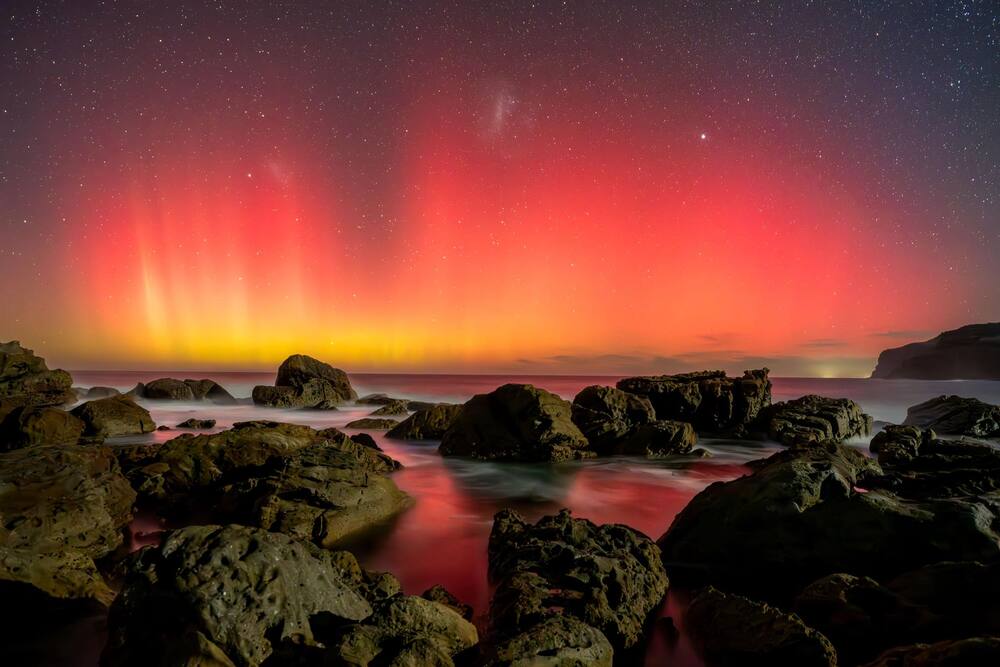
Aurora Australis from the shoreline at Jervis Bay. Photo: Jeff Sheppeard
The Aurora was also visible on Monday night and many local residents up and down the coast turned out to see the show after missing out on Sunday.
This spectacular photo was taken by Gerroa resident Jeff Sheppeard from the shoreline at Jervis Bay.
To stay updated on Finlay's astronomical displays, follow him on TikTok at @wouldyouliketoknowmore.
NEWS
